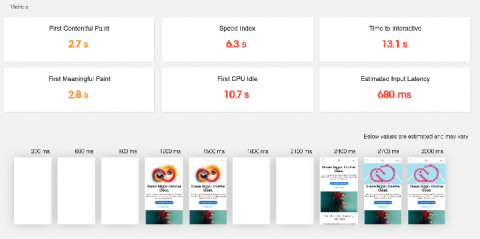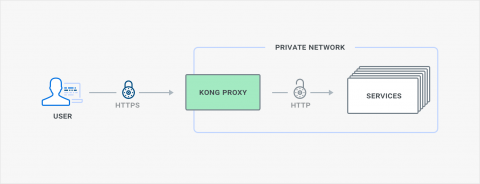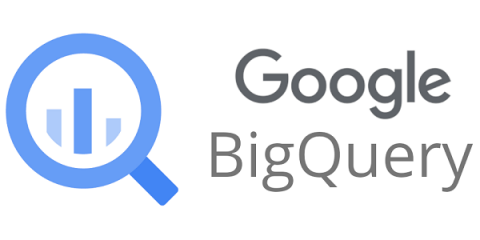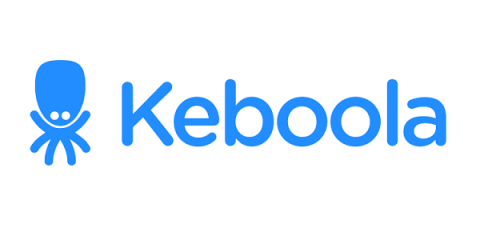What is First Meaningful Paint (FMP)?
Time to First Meaningful Paint (TTFMT) is a modern performance metric introduced by few engineers from Google, and is the time to paint the main content that users are interested in, so the thing the users came here for. Rendering some background color can be much easier and faster, but that’s definitely not what the users was looking for when they entered your website.










